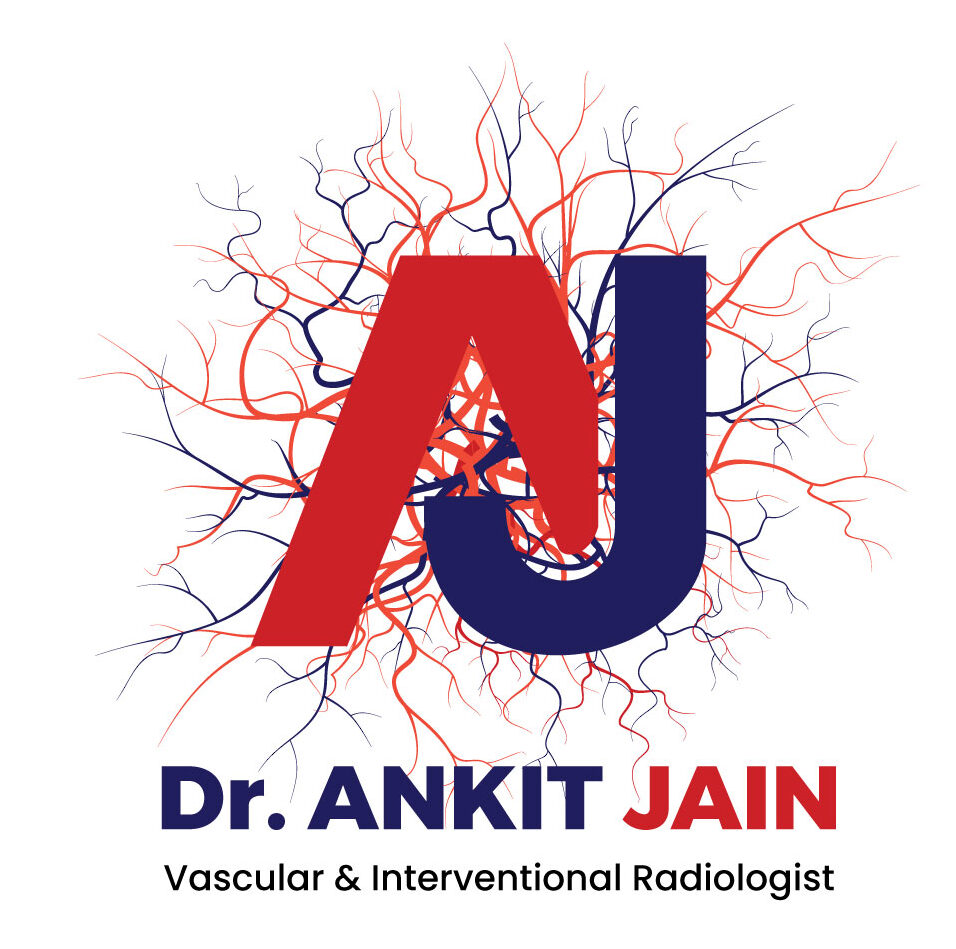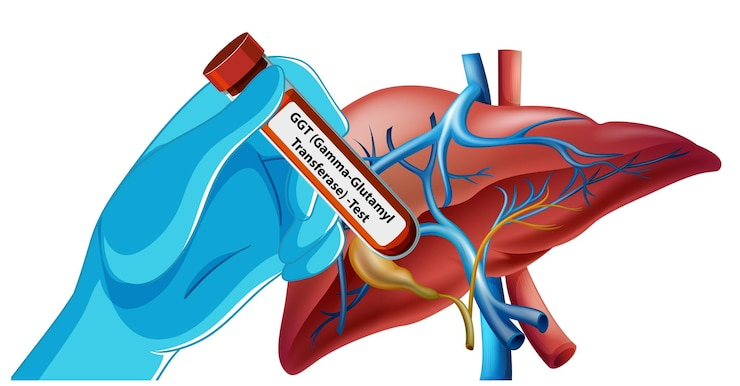What is an Arteriovenous Malformation (AVM), and How Does It Form?
The human body’s blood circulation system is a beautifully organized network of arteries, veins, and capillaries. But sometimes, a rare condition called an arteriovenous malformation (AVM) can disrupt this natural flow. If left untreated, it may lead to serious health risks like bleeding, seizures, or neurological issues. Let’s understand what an AVM is, how it forms, and how it’s effectively treated through embolization procedures. If you’re searching for the Best AVM Embolization Treatment in Sector 71, this guide will help you know everything you should.
For fast information, direct chat with us on WhatsApp.
What is an Arteriovenous Malformation (AVM)?
An AVM is an abnormal tangle of blood vessels where arteries directly connect to veins without the normal capillary network between them. This disrupts normal blood flow and oxygen circulation. AVMs can develop in various parts of the body, including the brain, spine, lungs, or limbs.
The exact cause of AVMs isn’t always clear. Most experts believe they are congenital, meaning they are present from birth. However, some cases might remain undetected for years, only showing symptoms later in life.
How Does an AVM Form?
In a healthy circulatory system, arteries transport blood that is rich in oxygen from the heart to the body. Tiny capillaries then distribute blood to surrounding tissues before it returns to the heart through veins. In an AVM, this vital step is skipped. Arteries connect directly to veins, creating abnormal pressure, which can damage surrounding tissues.
If you need expert care for this condition, trust the Best AVM Embolization Treatment in Sector 71 to handle it safely and effectively.
Where Can AVMs Occur?
AVMs can occur anywhere blood vessels exist. Common sites include:
- Brain (Cerebral AVM)
- Spinal cord (Spinal AVM)
- Lungs (Pulmonary AVM)
- Liver (Hepatic AVM)
- Arms and Legs (Peripheral AVM)
Symptoms differ based on the location of the AVM.
What are the Symptoms of an AVM?
While some AVMs stay silent for years, others cause noticeable problems. Key symptoms include:
- Severe headaches
- Seizures
- Weakness in arms or legs
- Vision changes
- Memory problems
- Bleeding (in brain or affected area)
- Dizziness
In some cases, a brain AVM might cause a life-threatening hemorrhage. If you experience any unusual symptoms, it’s best to consult an expert like Dr. Ankit Jain for early assessment.
How is an AVM Diagnosed?
Doctors often detect AVMs using imaging tests such as:
- MRI Scan
- CT Scan
- Cerebral Angiography
These tools help determine the size, location, and severity of the AVM. Getting the accurate diagnosis is essential to selecting the best course of treatment.
What is AVM Embolization?
Embolization is a minimally invasive procedure in which a physician reduces blood flow by blocking the aberrant blood arteries of an AVM. This procedure uses a catheter to deliver embolic agents, like special glues or coils, into the affected vessels. It may be a standalone treatment or used alongside surgery or radiosurgery.
If you’re looking for advanced care, you’ll find the Best AVM Embolization Treatment in Sector 71 with expert services tailored to each patient’s needs.
Benefits of AVM Embolization
Many patients prefer embolization because of its benefits:
- Minimally invasive
- No large surgical cuts
- Short hospital stays
- Faster recovery
- Less risk compared to open surgery
- Can be performed repeatedly if needed
These advantages make it a recommended option by experts like Dr. Ankit Jain, especially for high-risk or hard-to-reach AVMs.
Facts About AVM You Should Know
- Around 1 in 100 people may have a brain AVM, though many remain undetected.
- Most AVMs are discovered accidentally during tests for unrelated problems.
- AVM embolization procedures typically take 2-4 hours, depending on complexity.
- Multiple embolization sessions might be required for larger AVMs.
- AVMs can occur at any age but are commonly detected in people between 20 to 40 years old.
Always select Sector 71’s Best AVM Embolization Treatment for safe and efficient treatments and a precise diagnosis.
What to Expect During AVM Embolization?
Patients usually undergo embolization under general anesthesia. A catheter is inserted, usually through the groin, and navigated to the AVM site. The aberrant vessels are then blocked by the release of an embolic agent.
After the procedure:
- A short hospital stay is required.
- Mild headache or discomfort may occur.
- Patients are advised to rest for a couple of days.
Dr. Ankit Jain ensures every patient receives detailed aftercare guidance and follow-ups.
Effects of Untreated AVM
If left untreated, AVMs can lead to:
- Stroke
- Permanent nerve damage
- Life-threatening bleeding
- Seizures
- Chronic pain
That’s why early detection and timely embolization with the Best AVM Embolization Treatment in Sector 71 are essential for a healthy, risk-free future.
Why Choose Dr. Ankit Jain for AVM Treatment?
Dr. Ankit Jain is a highly skilled interventional radiologist specializing in non-surgical vascular procedures like AVM embolization. His expertise and precision-driven approach have made him a trusted name in the region.
At his center, patients benefit from:
- Latest technology-based embolization methods
- Personalized treatment plans
- Shorter recovery times
- A dedicated support team
For expert care, consider scheduling your consultation with Dr. Ankit Jain today.
Conclusion
An arteriovenous malformation is a rare yet potentially serious condition. While it may stay unnoticed for years, untreated AVMs carry severe risks. Thankfully, embolization offers a safe, effective, and minimally invasive solution. Choosing the Best AVM Embolization Treatment in Sector 71 ensures you receive high-standard care, customized attention, and modern treatment options. Always consult experienced professionals like Dr. Ankit Jain to manage vascular issues before they turn severe.
For more details on advanced embolization treatments, visit https://drankitinterventionalradiologist.com/


